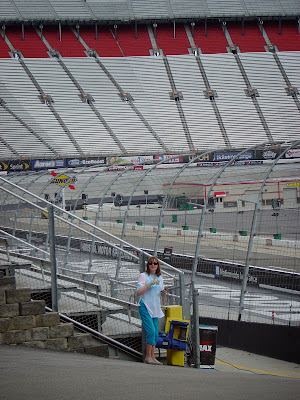The federal government of the United
States has partially shut down. Elected officials in Washington DC are worried
that none of us will notice the difference.
Hunters have noticed the difference. A
news story today mentioned that hunters are not allowed to hunt on federal land
during the federal government’s period of limited operations. The story
mentioned the suffering of the hunters as the season starts. The story mentions
the financial impact on some businesses from not having hunting in their areas.
Nobody asked the animals how they felt
about it.
The feds should talk to NASCAR driver
Ron Hornaday if they want to make a good restart. Wait a minute, that would not
work. In a NASCAR restart, everyone comes together.
Enough of the political cheap shots.
On to the boring, prepared material.
Sometimes
common language works hand-in-hand with common sense. For example:
Plantar
Fasciitis: Sore foot. The plantar fascia is part
of your foot. The suffix, itis, means
sore. Thus, a sore foot.
You make a doctor’s appointment for
treatment of your sore foot. The doctor diagnoses that you have plantar
fasciitis, which means you have a sore foot. A treatment is ordered and,
hopefully, your sore foot gets better.
Frequently, the prescribed treatment
is aspirin, which you could have prescribed for yourself, and shoe inserts,
which are available in many, many places. You ask yourself why you had to go to
the doctor for aspirin and inserts.
The answer is very much like the story
of the broken locomotive. The locomotive would not run and the train was stuck.
A locomotive expert was called to the scene. The expert walked around the
locomotive once and nodded to himself. He selected a large sledge hammer from
his tool kit and whacked the locomotive once.
The locomotive suddenly worked and the
expert charged the railroad company $50,000. He charged $10 for hitting the
locomotive with the sledge hammer and $49,990 for knowing where to hit it.
Your sore foot could have turned out
to be something more serious, so you have to check it out with an expert.
Hopefully, the expert will not use a sledge hammer on your foot.
Of course, knowing which expert is
best for your needs is a difficult chore. Even those who score well on Angie’s List might not be a good fit for
your individual situation.
Take, for example, the oil well fire
that happened in Texas a few decades ago. A smallish oil company had a fire at
one of its wells and its profits were literally burning up.
The owner of the company put in a call
to legendary oil well fire fighter Arnold Hammer. Hammer’s chief of operations
told the oil company owner that the firefighter was booked solid and could not
be on site for at least six months. When suppression engineers arrived, they
would charge $1 million a day.
“Forget it,” the oil company boss
said. He pulled out the phone book and checked the yellow pages under oil well
fire fighters and discovered a business named Joe’s Cheap Oil Well Fire Fighting Service just a few miles away. A
phone call netted a conversation with Joe himself.
“I can be there in 20 minutes,” said
Joe, “and it’ll cost you ten grand.”
The oil company man was happy to hire
Joe’s company and he walked to the gate of the property to allow Joe and
his men to drive to the site of the fire. As he neared the gate, the oil man
noticed a rooster tail of dust rising on the dirt road leading to the oil rig.
It turned out to be a truck belonging to Joe’s
Cheap Oil Well Fire Fighting Service, roaring up the road to save the day.
Ignoring the still closed gate, the
flatbed truck belonging to Joe’s Cheap
Oil Well Fire Fighting Service blasted through, sending the helpless gate
flying through the air. The oil boss noticed two men in the cab of the truck
and seven or eight more screaming and yelling as they held on for dear life in
the bed of the truck as the vehicle careened down the path toward the fire.
The truck halted virtually on top of
the conflagration and what happened next was the wildest thing ever seen on a
Texas oil field. The men of Joe’s Cheap
Oil Well Fire Fighting Service flew off the truck and raced into action.
They looked like madmen as they shoveled and raked and finally exploded some
dynamite to put out the fire. Then they fought to contain the gushing oil. One
guy even stripped off his shirt and jammed it into the line of the well until
the proper equipment was put in place.
The fire was out and the well was
capped in 18 minutes.
Exhausted and filthy, the men of Joe’s Cheap Oil Well Fire Fighting Service
filed back away from the oil well, their work done for the day.
Pleased with the result, the oil
company owner pulled out his checkbook and paid Joe, the owner of Joe’s Cheap Oil Well Fire Fighting Service.
“That
was fast work, Joe,” the oil man said. “Ten grand for less than twenty minutes
of work. What are you going to do with the money?”
“Well,” said Joe, the owner of Joe’s Cheap Oil Well Fire Fighting Service,
“the first thing I’m gonna do is fix the brakes on that truck.”
For those of you who have read this
far, thanks for reading.






























